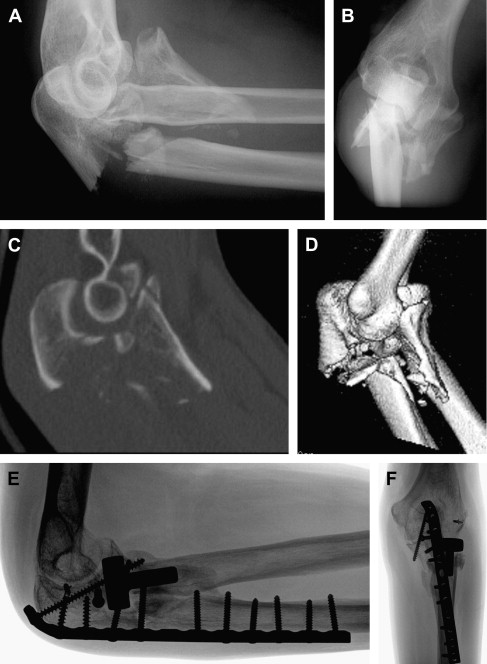
(II) Metaphyseal fracture of ulna with posterior angulation, and posterior dislocation of the radial head without dislocation of the PRUJ. The biomechanics of this subset of Monteggia fracture is that a direct blow to the posterior ulna, or extreme pronation of the forearm or over-extension of the elbow during the fall induces contract of biceps muscle and consequent fracture and dislocation.

Thus, subsets of the Monteggia fracture were reestablished as follows: (I) diaphyseal fracture of ulna with anterior angulation, and anterolateral dislocation of the radial head without dislocation of the PRUJ. However, the injury of the proximal radioulnar joint (PRUJ) is ignored under this classification system, which leads to limited prognostic prediction ( 1, 3, 31, 35, 54). The treatment of paediatric Monteggia fracture dislocations is discussed in Chapter 12.Classification and biomechanics of Monteggia injuryīado classification was once the most widely utilized classification for Monteggia fracture, whose occurrence is shown in Table 1 ( 52, 53). 12 If, however, in addition to the radial head dislocation, there has been a radial head fracture then consideration must be given to reconstruction, excision or replacement of the radial head. Once this has been performed the radial head will either spontaneously reduce or will be reducible by closed manipulation. 11, 12Ĭurrently the accepted treatment option for adult Monteggia fracture dislocations is open reduction and rigid anatomical fixation of the ulnar fracture. 10 This has also been recommended in other studies. In 1969 a further report from the same unit with 159 cases re-emphasized the importance of surgical management. They advocated open reduction and internal fixation of the ulna fracture and if needed reconstruction of the annular ligament with a ‘fascial loop’. In 1940 Speed and Boyd 9 published their results of treating 30 acute and 32 chronic Monteggia type I fracture dislocations.

The axially loaded force applied to the shaft of the ulna combined with the pull of the brachialis and radius through the interosseous membrane then results in a proximal ulna fracture with the observed anterior angulation.Īnecdotal reports of adult Monteggia fracture dislocations show a poor outcome with conservative management – specifically a painful stiff elbow with limited forearm rotation, particularly supination. This he states results from a fall onto the hyperextended elbow combined with a strong reflex biceps contracture. By supination, regardless of the state of the ulna, Evans was able to reduce the radial head.Īn alternative mechanism of injury proposed by Tompkins 7 argues that the first phase of injury is an anterior dislocation of the radial head. As the forearm was taken into extreme pronation the ulna fractured, after which a gradual failure of the capsule and annular ligament resulted in an anterior dislocation of the radial head. 2 In addition, a direct blow to the posterior aspect of the ulna will also produce this injury.Įvans, in a cadaveric study, 6 removed all of the soft tissues from his specimens with the exception of the ligamentocapsular structures and interosseous membrane. The most common mechanism of a type 1 fracture dislocation is thought to be a fall onto the outstretched hand with the elbow in extension and the forearm hyperpronated. 4 Within this group only 1–2% have a radial head dislocation allowing them to be termed a Monteggia fracture–dislocation. 4 The observed odds ratio for 15- to 44-year-old males is 5.4. Adult forearm fractures are relatively uncommon, with an incidence of 0–4 per 10 000 population per annum.


 0 kommentar(er)
0 kommentar(er)
